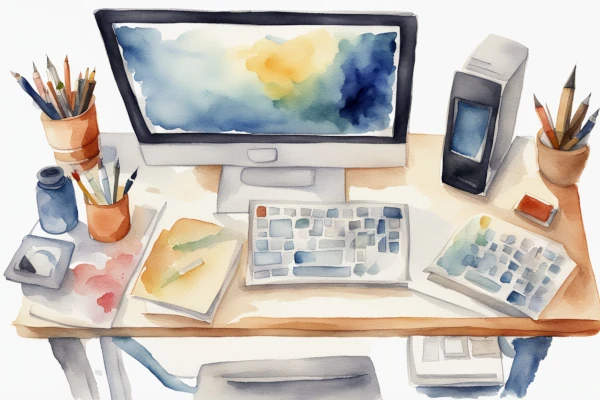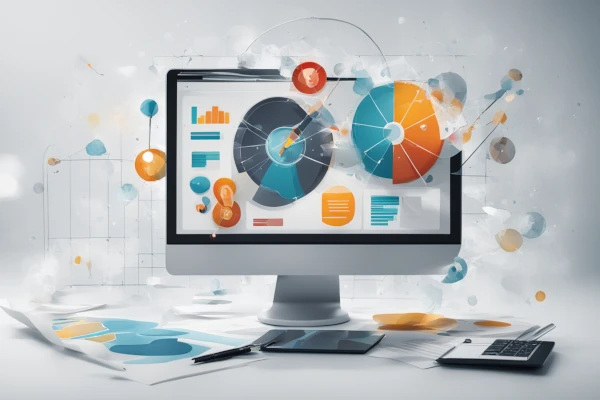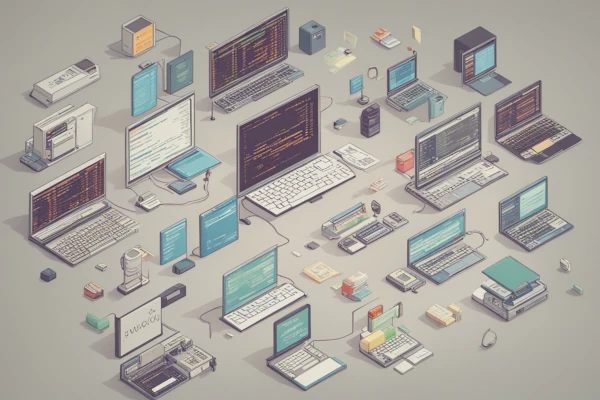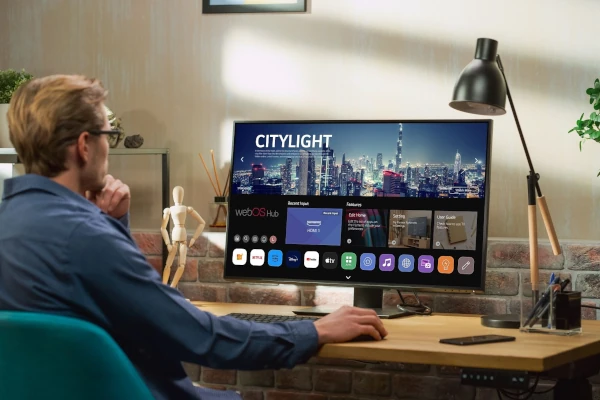Google Lens and AR are expanding and helping you and others understand the world around you. Through Google Lens, for example, you can search what you see using your camera.
Google Lens is especially helpful in educational settings:
“Lens can now recognize 15 billion things—up from 1 billion just two years ago—to help you identify plants, animals, landmarks and more.” Learning another language? Google also has a knack for translating “more than 100 languages, such as Spanish and Arabic, and you can tap to hear words and sentences pronounced out loud.”
AR is another instrumental technology:
“For instance, visualizing the inner workings of a plant cell or the elements in the periodic table in 3D is more helpful than reading about them in a textbook. AR brings hands-on learning home, letting you explore concepts up close in your space.”
Shopping online? Google Lens can help, Especially for hard to describe in words. The shopping experience literally takes on a new dimension by simply inputing an image in Google app or Chrome on Android-making it even easier to discover new products as you browse online on your phone. Google lens uses
“Style Engine technology which combines the world’s largest database of products with millions of style images. Then, it pattern matches to understand concepts like “ruffle sleeves” or “vintage denim” and how they pair with different apparel.”
Google is extending AR as part of its search engine:
“You can easily check out what the car looks like in different colors, zoom in to see intricate details like buttons on the dashboard, view it against beautiful backdrops and even see it in your driveway.”
This soon coming search capability will literally bring the showroom to you.




